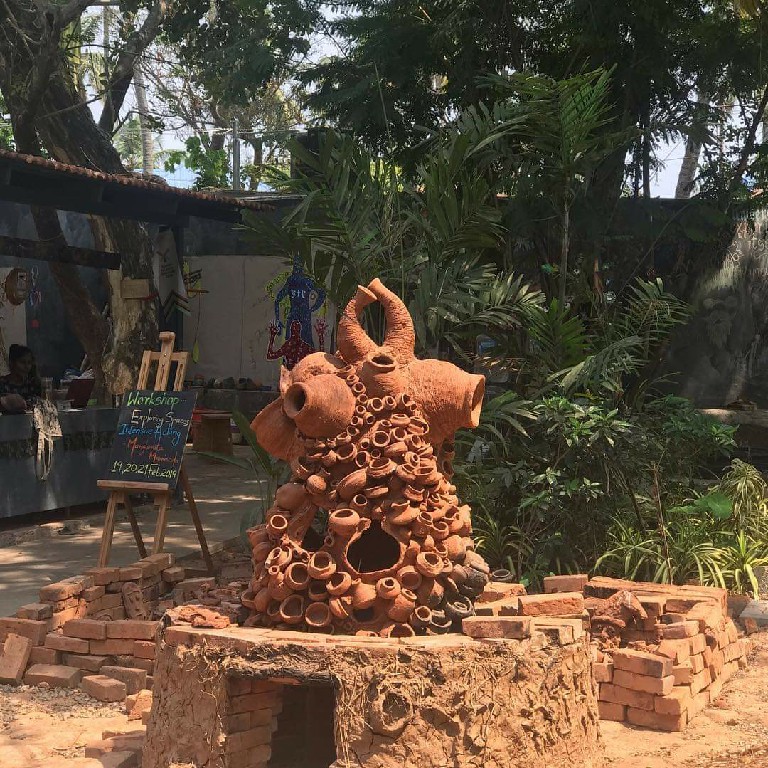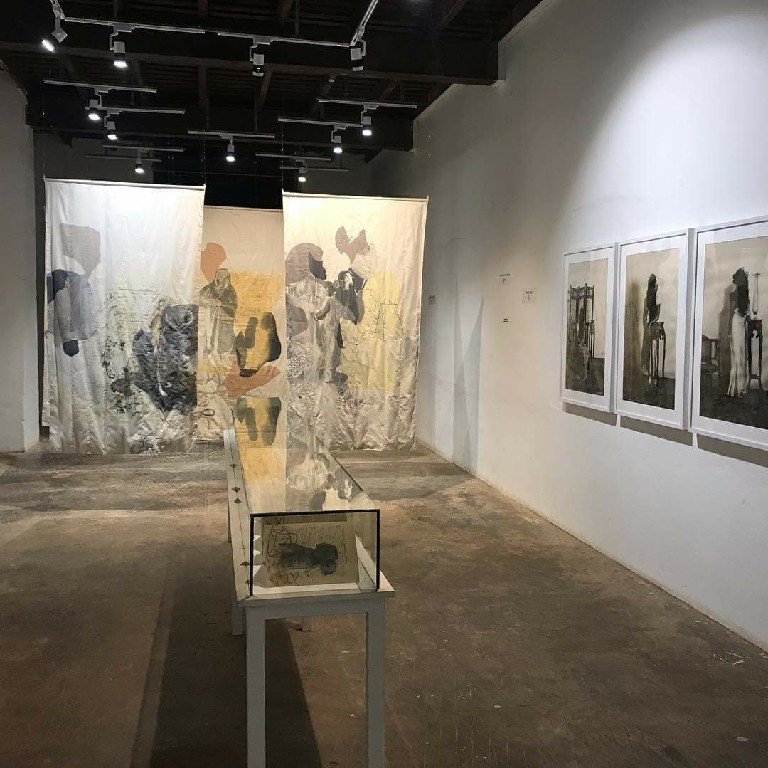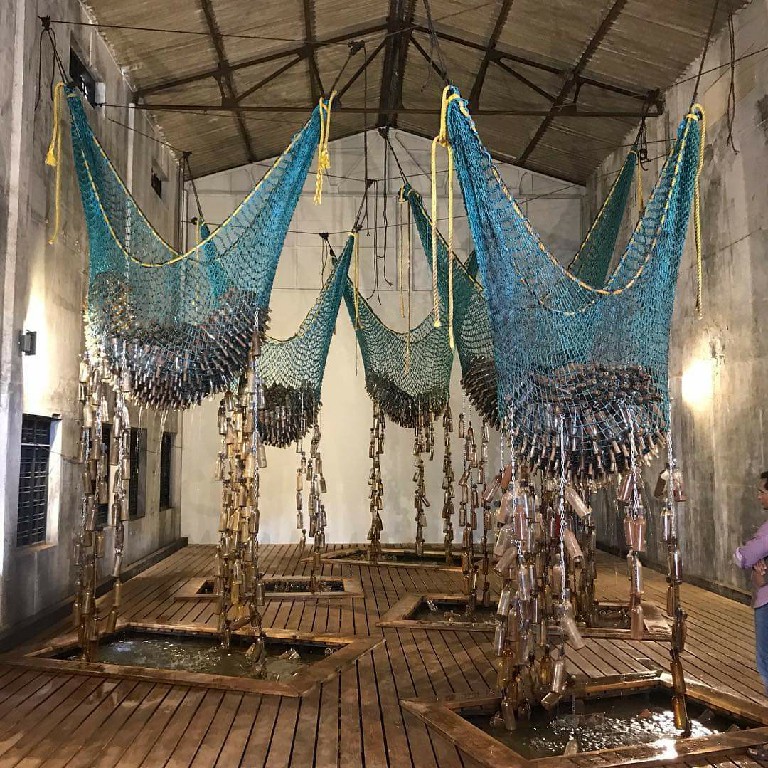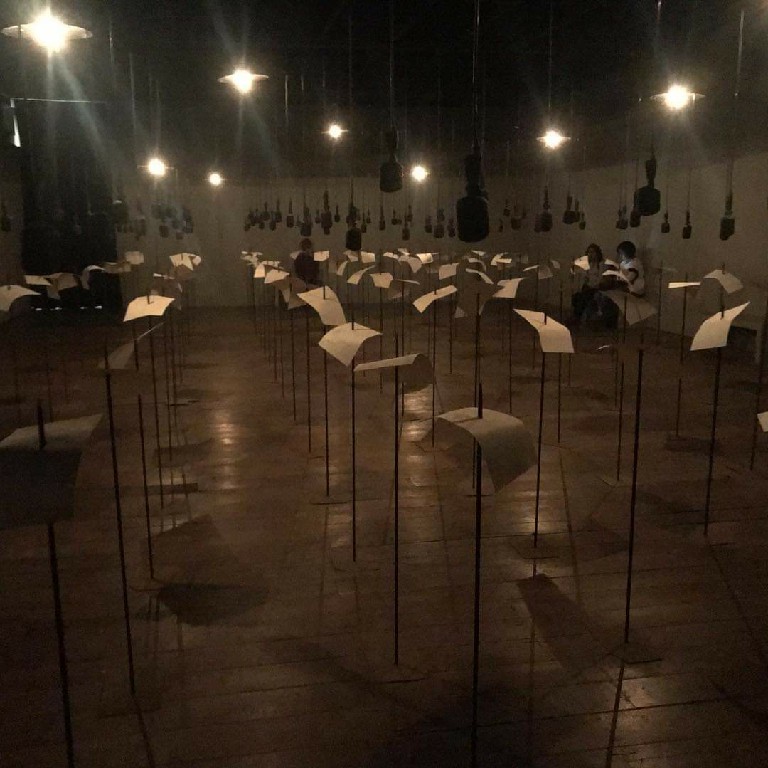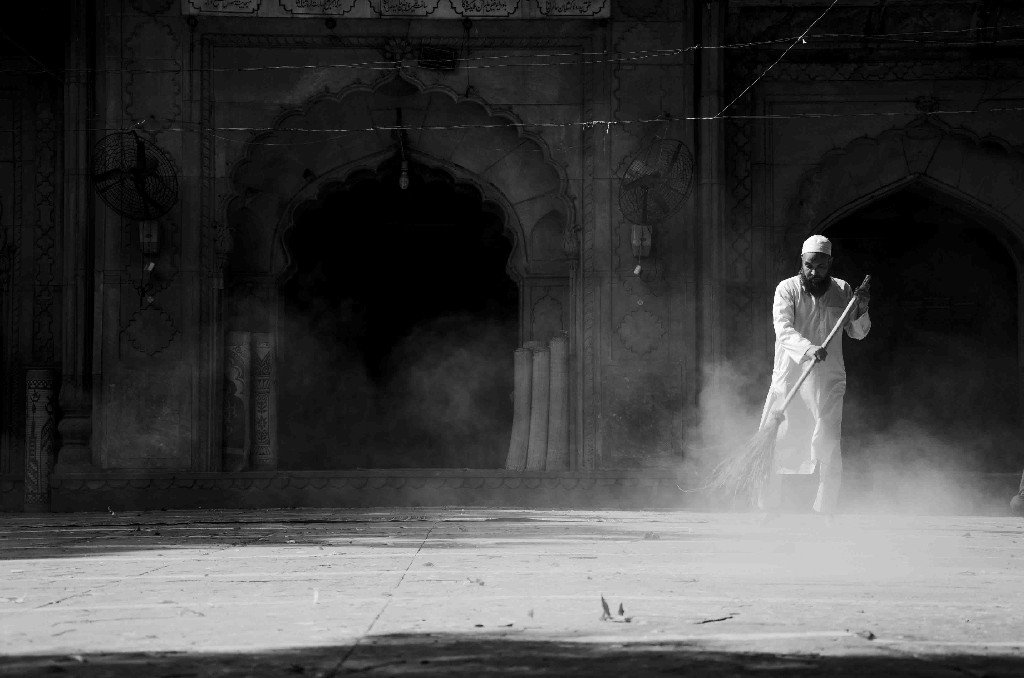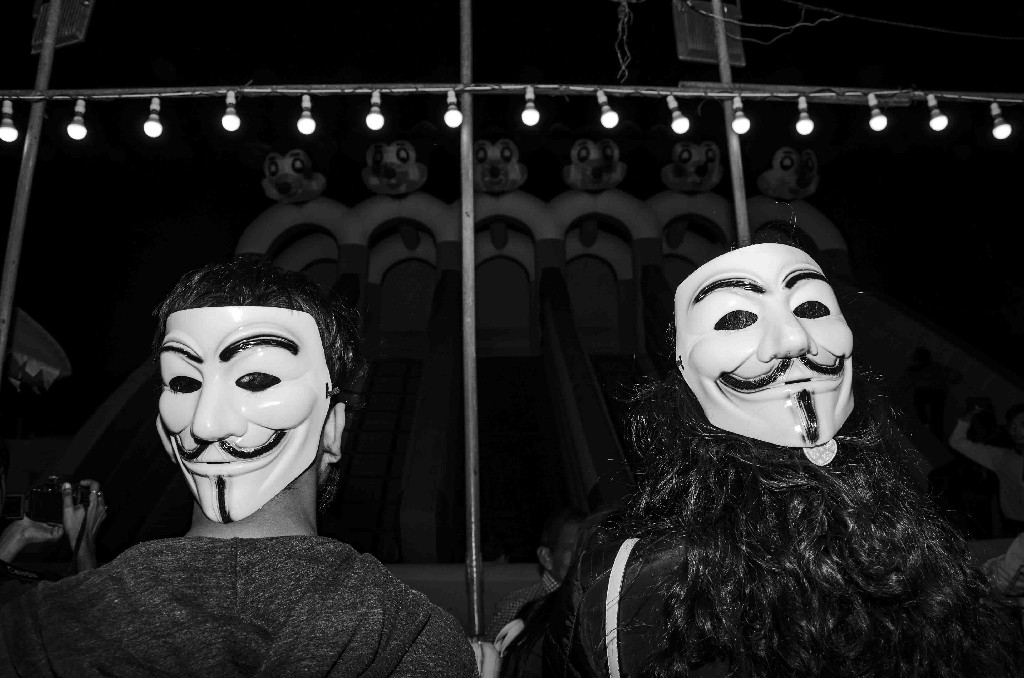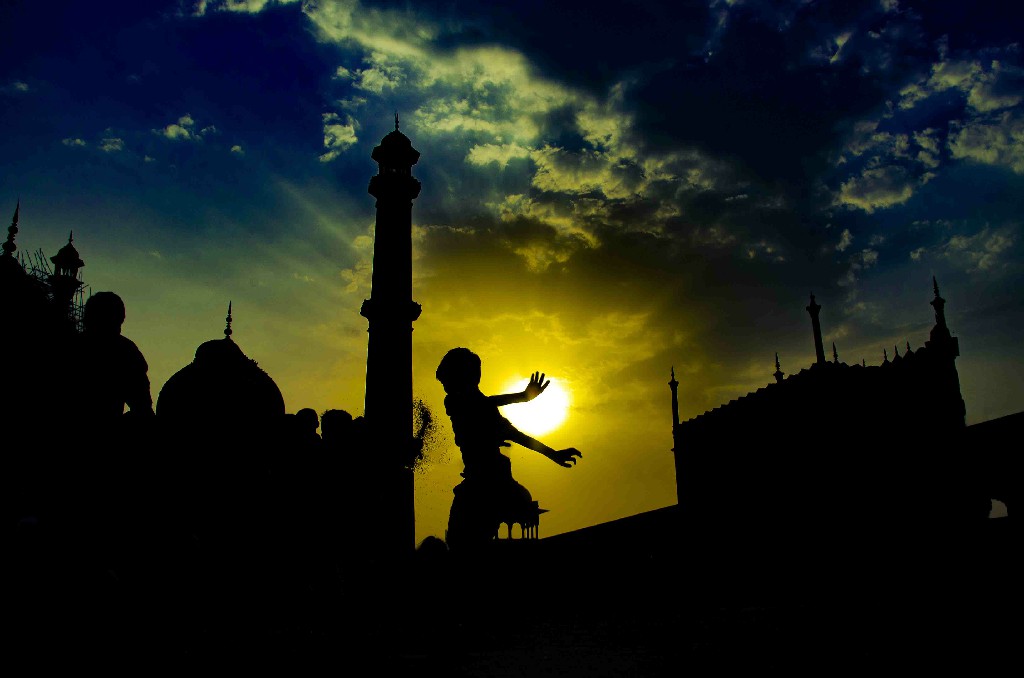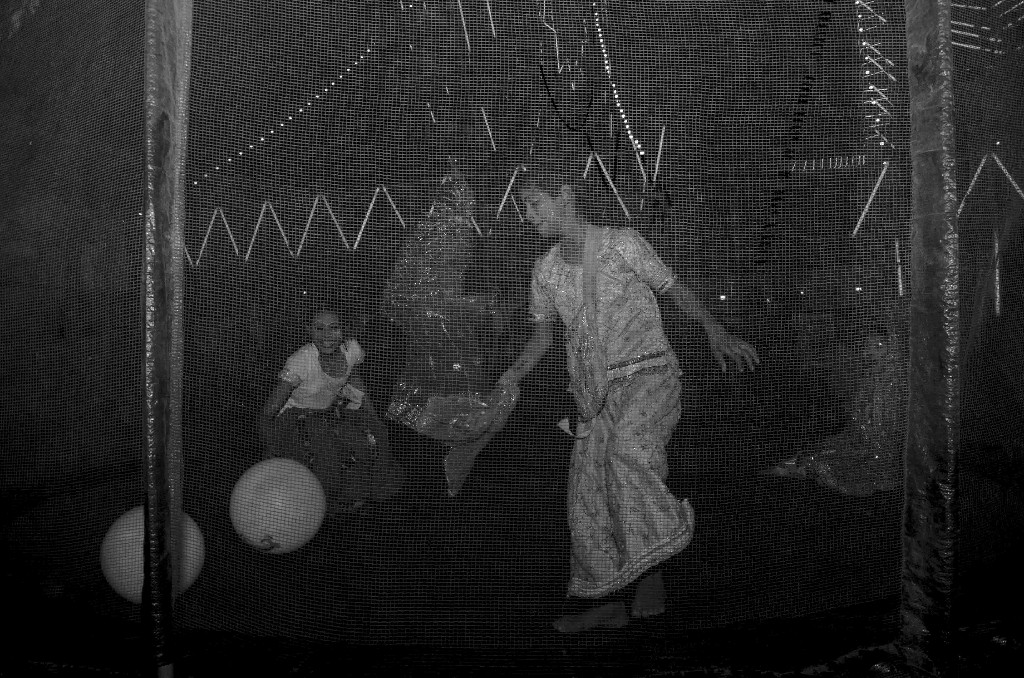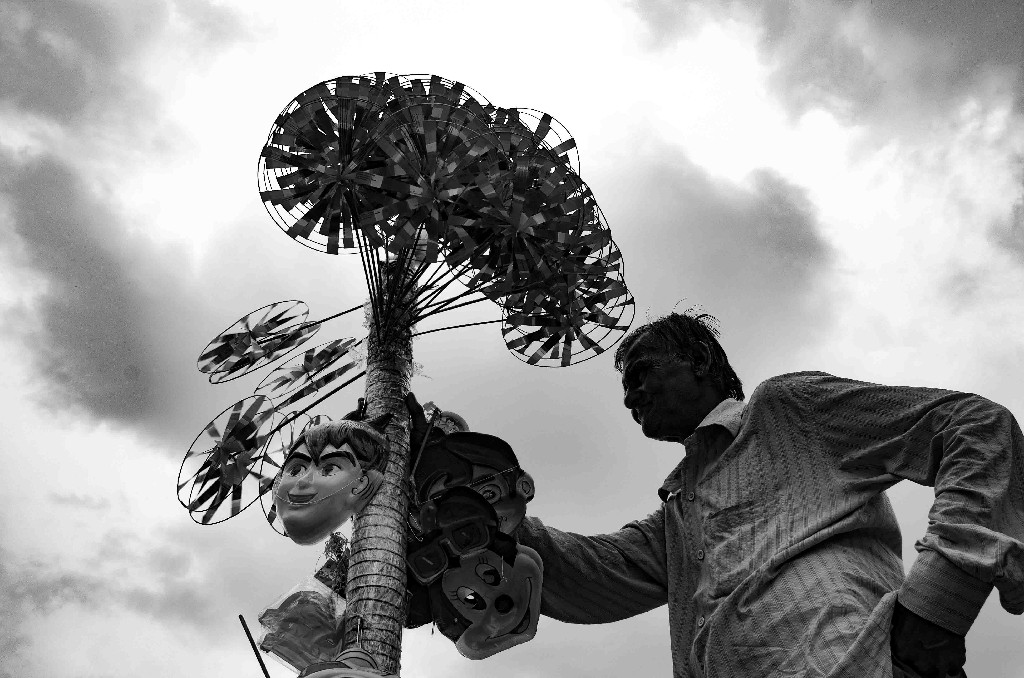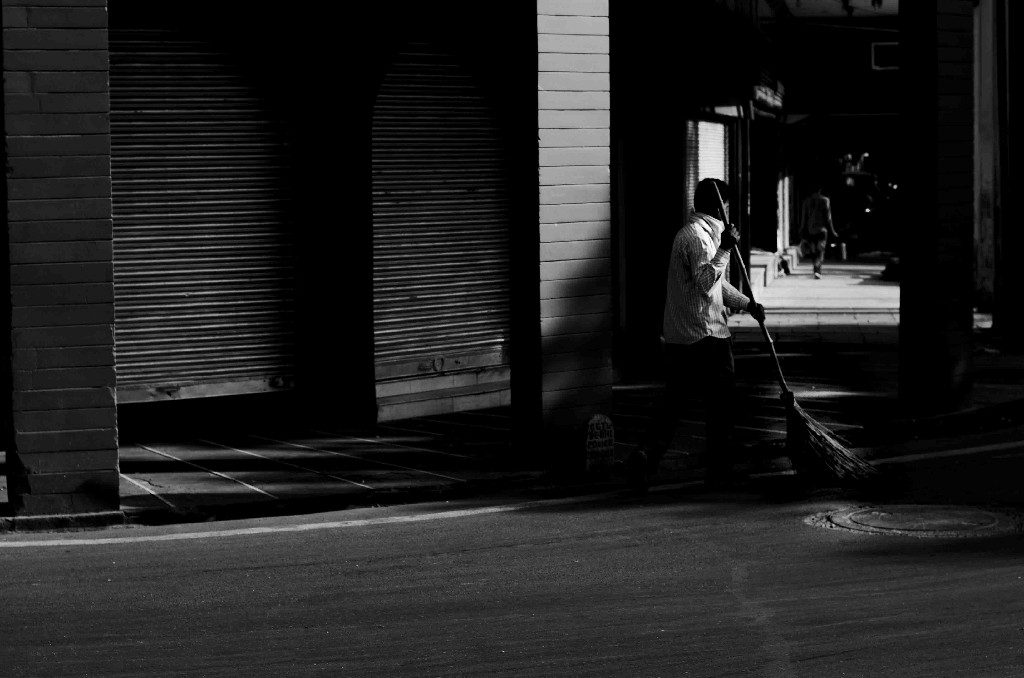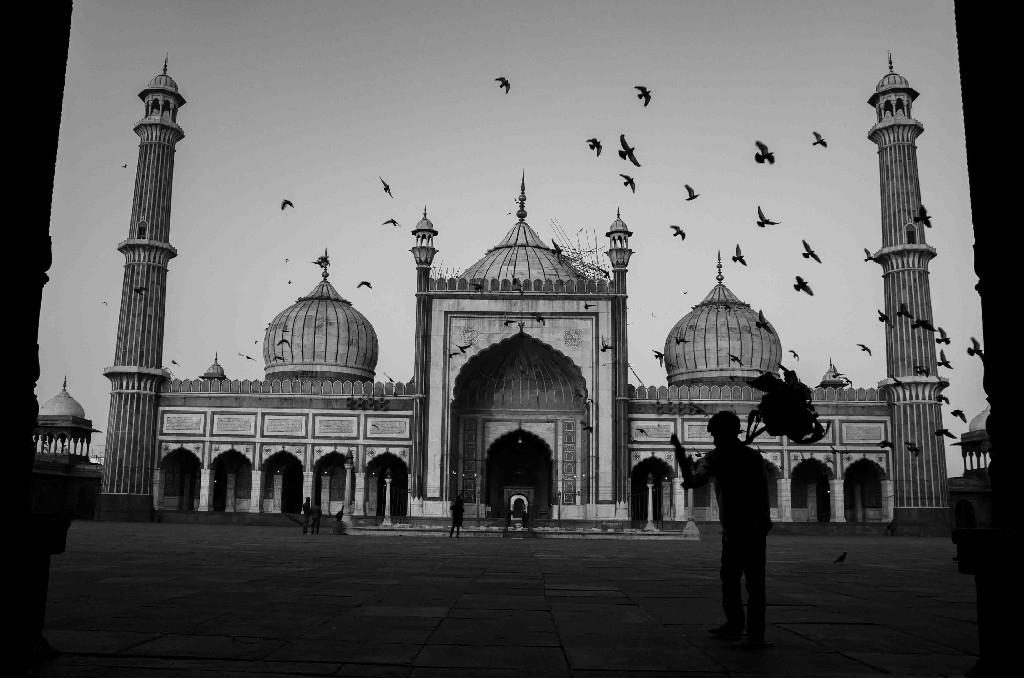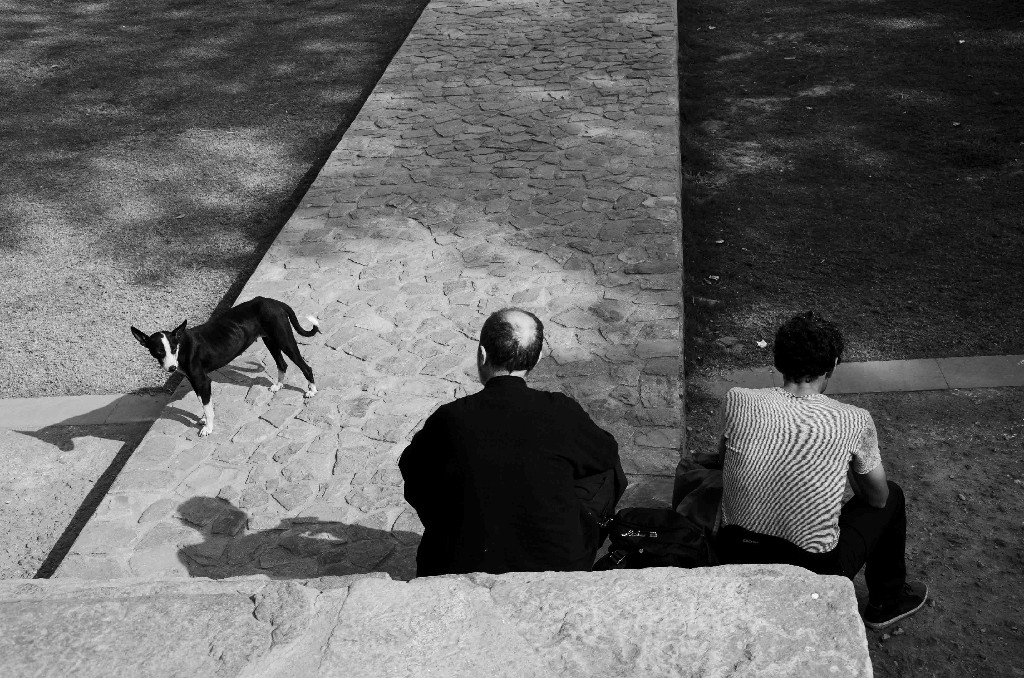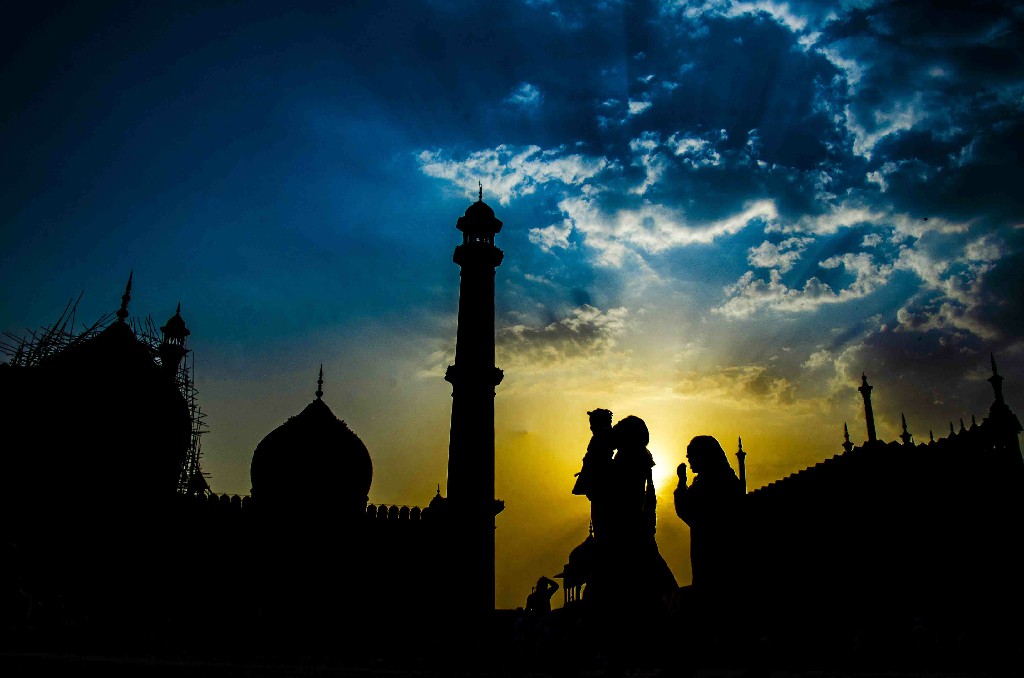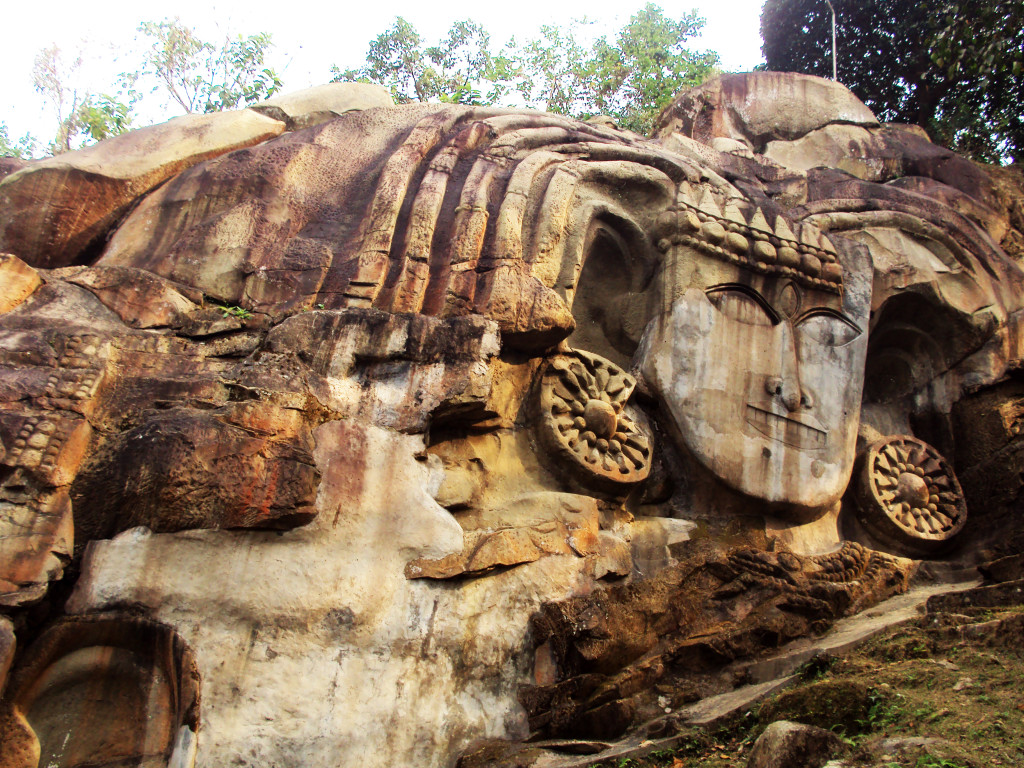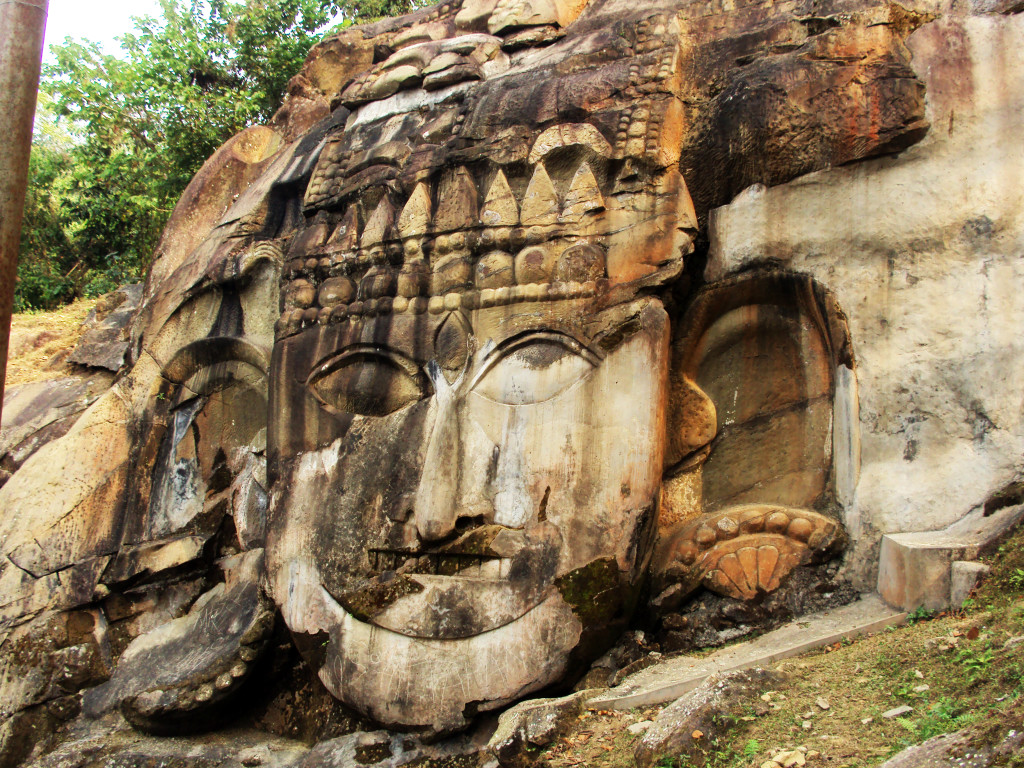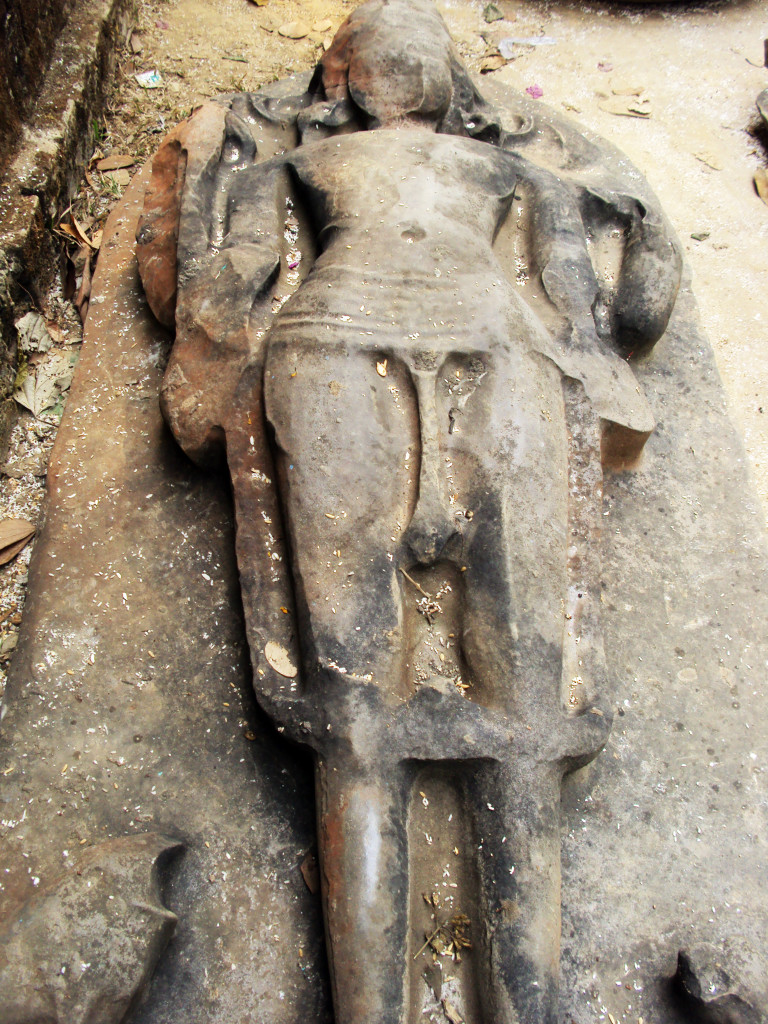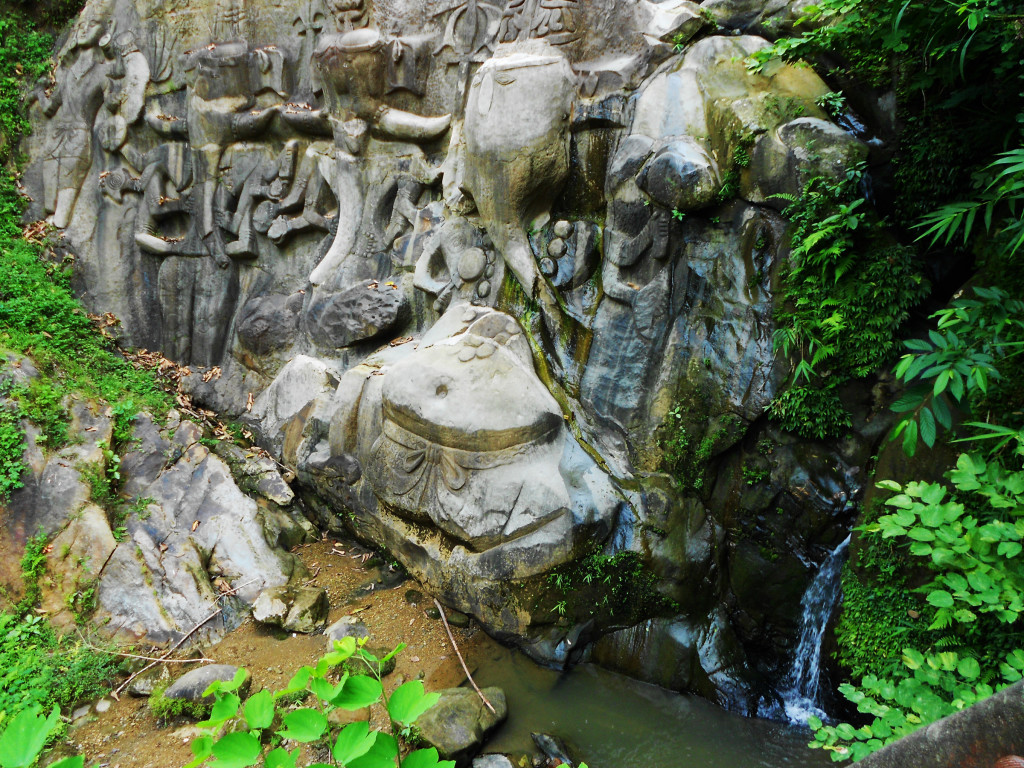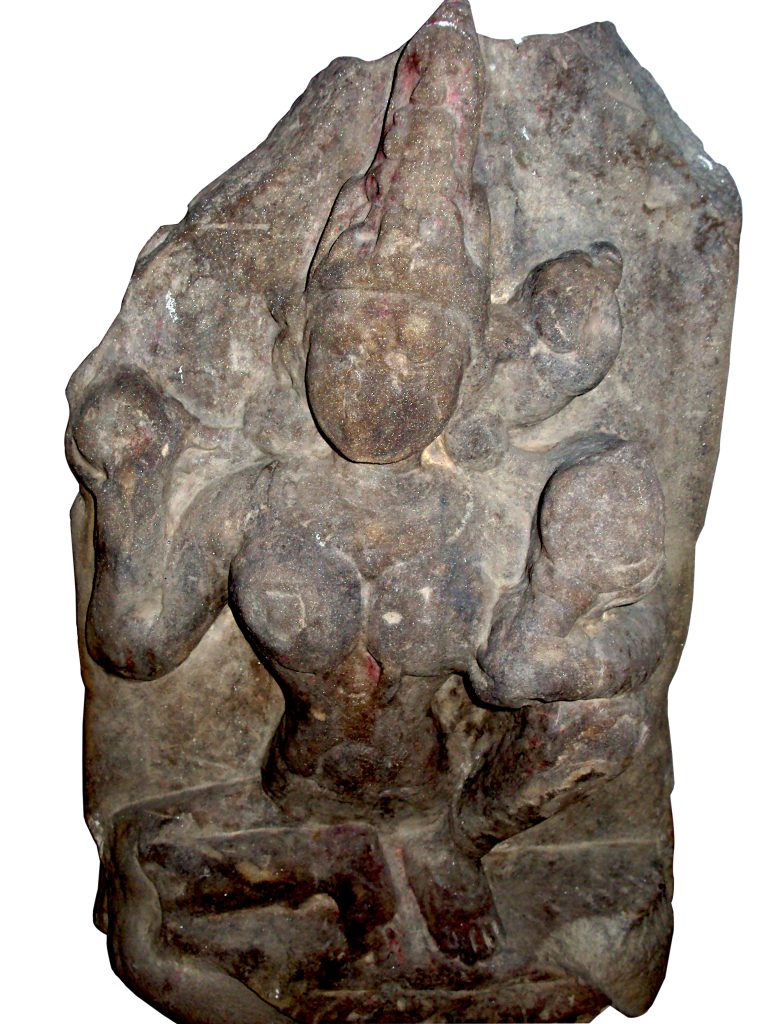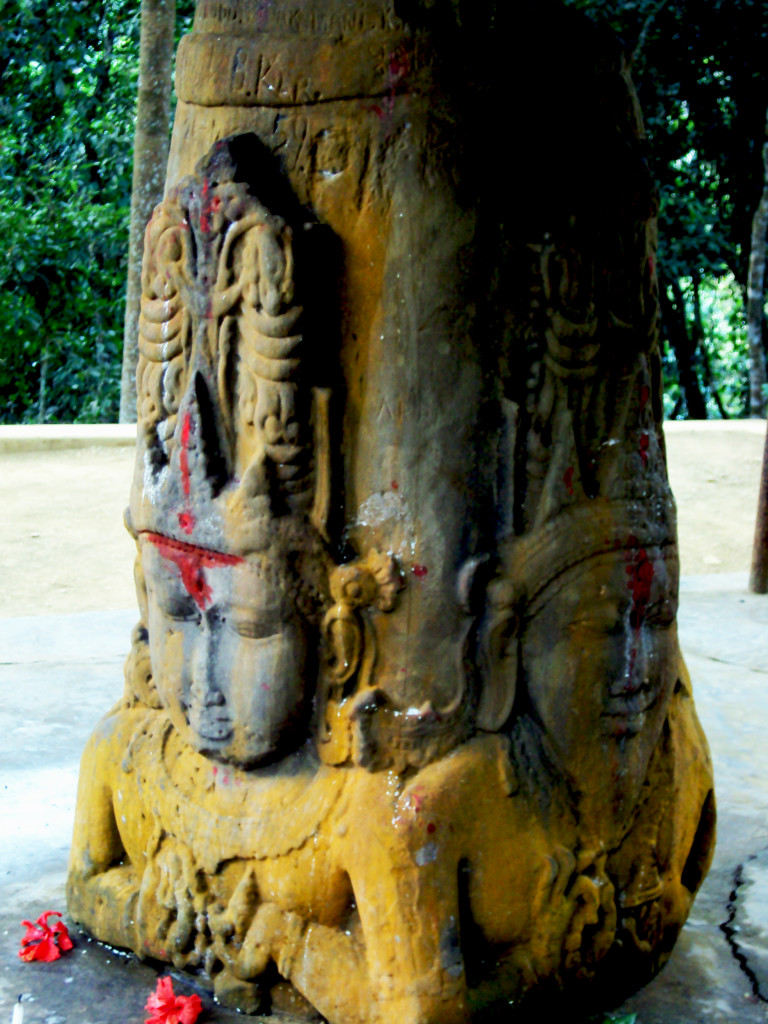By Aadya Baoni
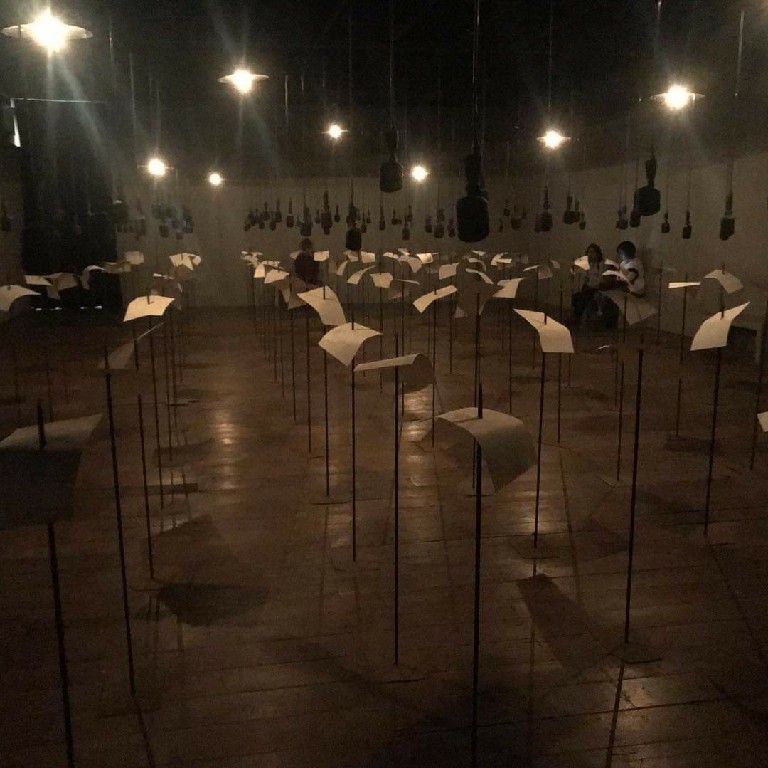 The backwaters of Kerala, coupled with a frothing cup of filter coffee greeting you with its pungent yet comforting aroma lulled the broken heart into sleeping well. A heavy curtain of humidity hangs over the city threatening to drench an individual without any discrimination. The streets are flooded with intellectuals armed with their little red books (Communist Manifesto) and a pleasant smile that permanently seemed to be painted on their faces.
The backwaters of Kerala, coupled with a frothing cup of filter coffee greeting you with its pungent yet comforting aroma lulled the broken heart into sleeping well. A heavy curtain of humidity hangs over the city threatening to drench an individual without any discrimination. The streets are flooded with intellectuals armed with their little red books (Communist Manifesto) and a pleasant smile that permanently seemed to be painted on their faces.
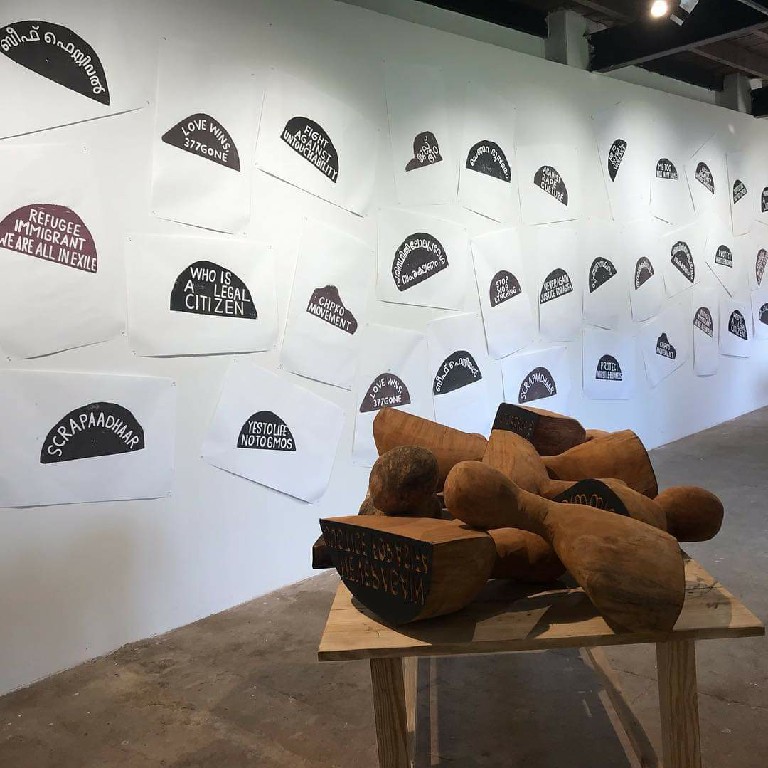
As one treads foot into Fort Kochi and the adjacent streets of Mattancherry, there exists the artists’ fiery palette of ochre and red. Every object that a brush could touch its tip on is covered with bold strokes from walls to tyres of the cars. This is largely owing to Kochi Muziris Biennale spread over multiple venues. You will be charged a humble fee of Rs 100 that allows you to explore the festival for 3 says. However, a spin wall house acts as the primary collection of the installations and art pieces. One is flooded with all forms of creativity being served to you on a platter to feast your eyes on. But you must keep a respectful distance from these works of art irrespective of how tempted you may be to touch them. The ideology of Freedom of expression is seen to be personified by various artistic practices displayed.
After three hours of religiously consuming art I found myself strolling through the streets of Kochi, responding to my gastric juices begging for food. I stumbled into ‘Kashi Art Cafe’ which too had a collaboration with the Biennale and had massive displays of art. Going into the depths of the cafe I found myself cocooned in a welcoming environment with nooks and crannies. The food does justice to the amount of money charged for it.
The venues of the Biennale enhanced the art installations and art works to create a holistic experience. This extended through the streets of Mattancherry.
The rustic streets interspersed with huge wooden structures displaying the students’ art biennale. Multiple hues of color remained a constant treat for the eye. Antiquities and Kerala Folk Art was sold generously throughout. The Paradesi Synagogue and its stained glass windows simply adds to the experience.
I walked away from my art excursion with a sense of fulfilment.
A sense of brotherhood resides in the crevices of Kochi. ‘Chetta’ or brother and ‘Chechi’ or sister is all one could possibly need to win over and communicate in Malayalam effectively.

